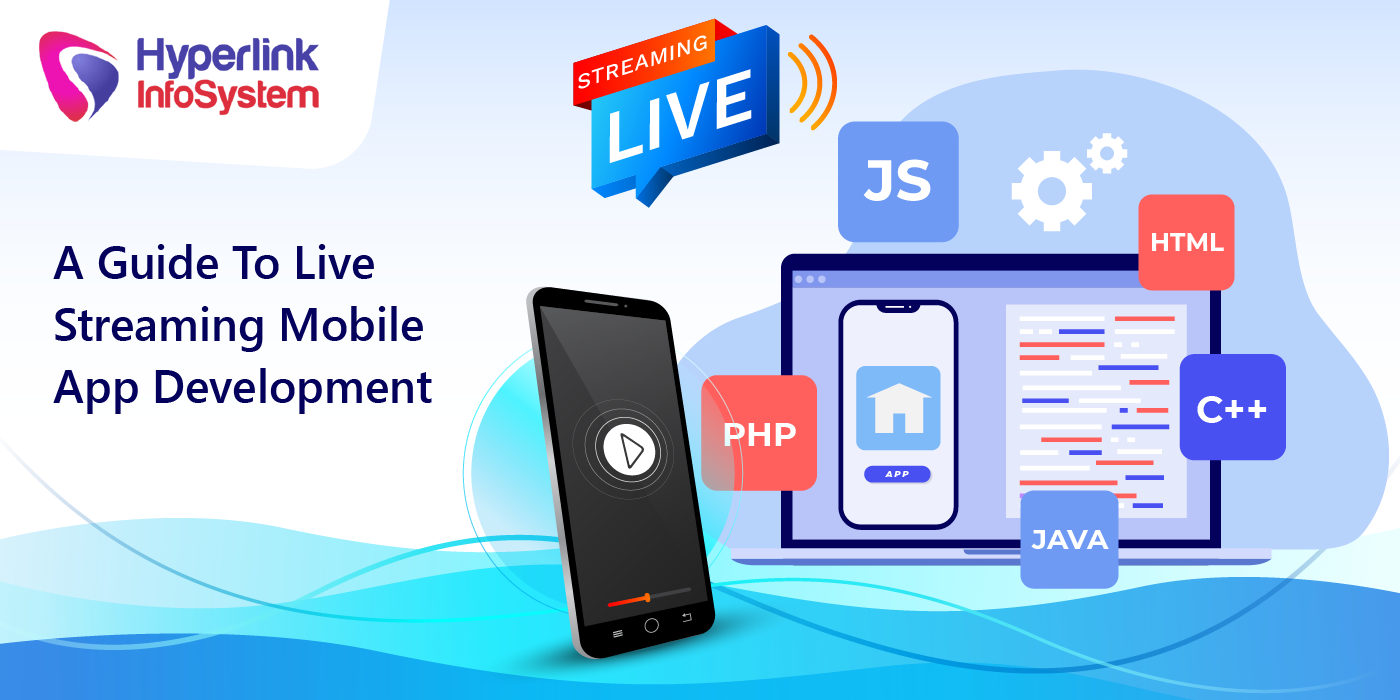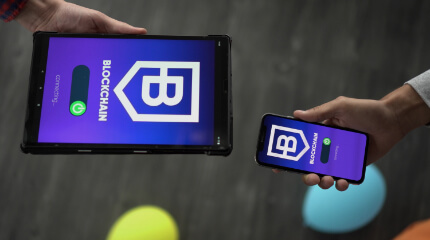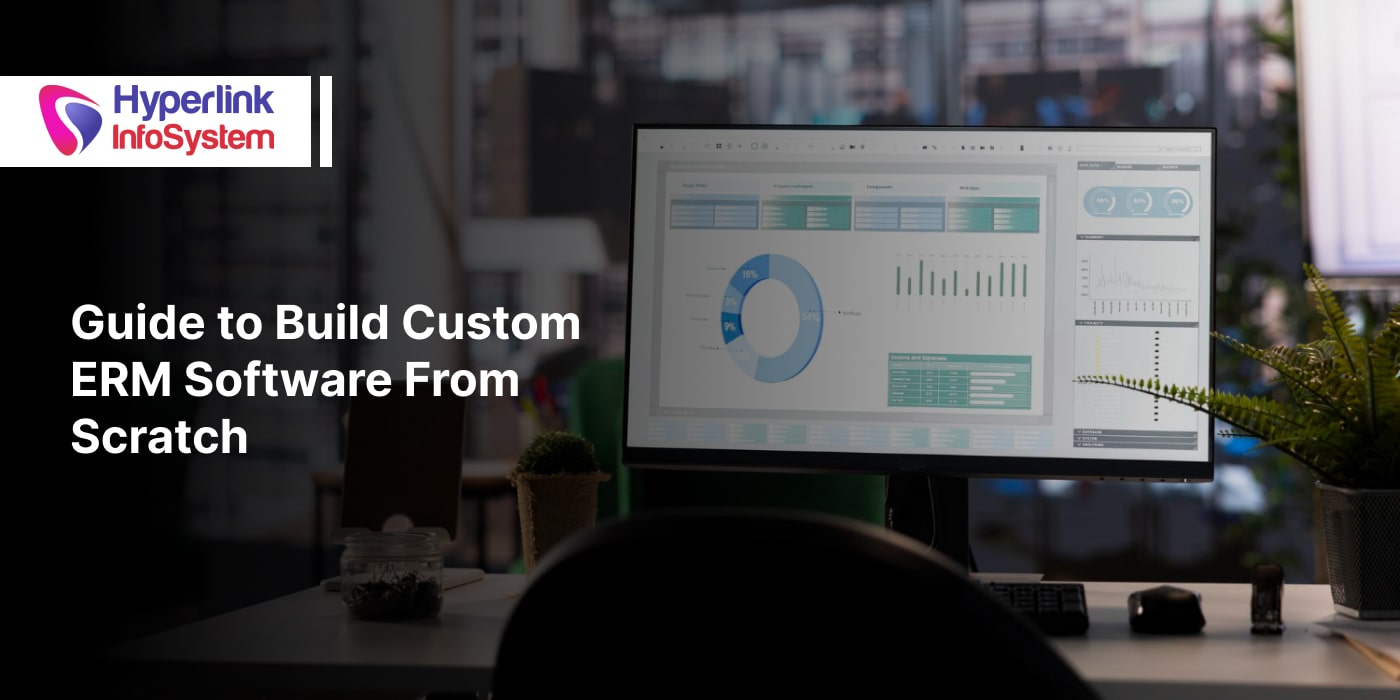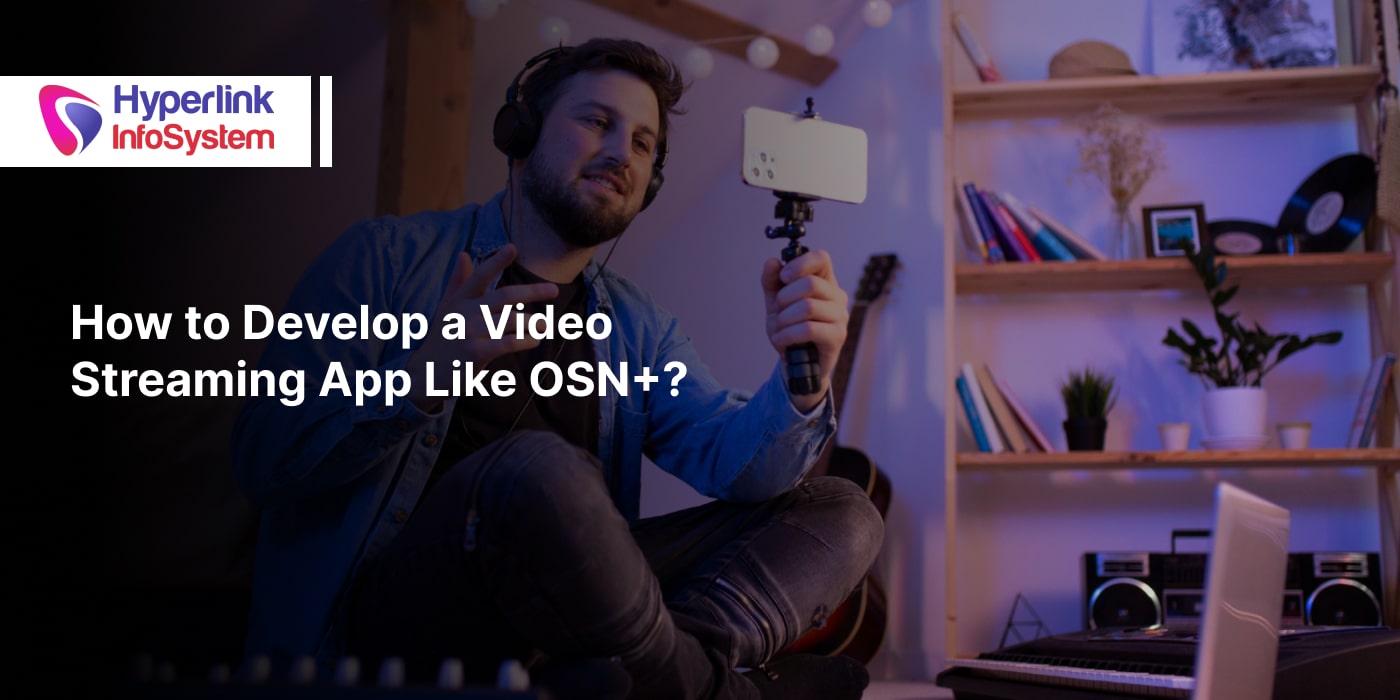Due to the fast racing technology, TV has lost its importance as a commercial platform, and these days it is used mostly only for OTT. Many enjoy listening to music, streaming videos for education, job-related, or entertaining content.
The no. of live video streaming apps has risen dramatically. It’s because of their outstanding features, high-resolution image quality, and friendly interface. This blog covers all you need to know about
live video streaming app development, starting from types of OTT live-streaming apps, features of the app, and tech stack to build the app.
So without further delay, let’s begin!
Types of Live Streaming Apps
The younger audience quickly switched from conventional media outlets to live-streaming apps; this allows businesses to reach out to a rising segment of users in digital market spaces.
Below are some mobile apps you can consider:
Over The Top (OTT) Media Streaming
OTT app enables you to broadcast a live video. Thus, users can stream your show or game in real-time, given that they have access to OTT mobile app or TV. The OTT streaming platform enables the files to get compressed into smaller fractions and sent to the user when demanded in packets. The streaming protocols arrange them into a total video file as the user receives the files.
Netflix and
Amazon Prime are the top OTT platforms offering this option.
Live Content Sharing
It enables you to send a live video to viewers on the web in real-time. The process starts when a person catches visual information through a camera in a computing device. Later, it gets divided into smaller chunks, compressed, and ciphered before the content delivery network sends it to the viewers. Most social media platforms, such as Twitter, Facebook, Instagram, and YouTube, facilitate live content sharing.
Video Training
It creates an online video to educate staff or users on a specific issue. Video training helps create engaging content that can propel traffic to a website, enhance user satisfaction, develop your brand, or smart users. Also, it uses anything from micro-videos, role play, screencast, or interaction video formats. You can hold videos on Vimeo or YouTube.
Video Conferencing
The video conferencing streaming apps facilitate you to hold visual communication with several people irrespective of their location. This had helped during the Covid-19 crises when an increasing number of companies switched to remote working. Businesses use technology to hold meetings, webinars, job interviews, training, product demos, etc. Skype, Zoom, Google Hangout are some of the commonly used apps.
Features of Live Streaming App
Sign Up Options
It should offer several registration options, i.e., via mobile, email, or social media accounts.
User Profile
You must build a live streaming app that enables you to customize the profile based on the user’s preference. You can start with your name, display picture, and subscription plan. Also, add your feed preferences, DOB, and location. It helps you discover people with similar interests.
Online Streaming
The most important feature is the live streaming feature. You must understand the streaming app development concept & prioritize your video quality.
Chat
Giving feedback lets users easily interact with the influencers. The chat component helps you monetize the content.
Video Sharing
In the current times, the most thrilling videos go viral in a matter of seconds. Thus, it would be great to pick an app with a sharing feature. It increases your viewership & engagement.
Storage
Despite the extreme engagement level, your user might get distracted during a live session. Therefore, you must offer a solution where they can view your content later.
Search Features
The app must have a search box where the user’s lookout for a specific video category. It must filter the location types, age, popularity, interest, and topic to stream fast & easily.
Privacy
The live stream app should create more personal user spaces by selecting their broadcast list. It should allow them to select a list of people or a specific coverage area.
Notifications
The app must include a push notification feature to invite your users to join your session. It must allow you to plan a streaming schedule for users to not miss any event.
Tech Stack For Live Streaming App Development
You need a robust tech stack to develop a live video streaming app. It will help your app stand out in saturated markets. Below are some of the stacks that you can sync in your app.
Codecs
Live streaming needs a tremendous amount of disc space on the server & user’s end. Luckily, codecs compress the information to transmit it quicker for a fantastic back-end performance. Later it decompresses the data and sends it to the speaker or screen.
Programming Language
Programming language creates the logic of live-streaming apps because most features such as custom video players and video file encoding rely on it. Kotlin & Java work well for Android, whereas Swift in iOS. JavaScript-based cross-platform frameworks such as Phonegap, Ionic, and ReactNative are growing fast and provide plenty of options at a cheaper cost.
Available Libraries
Libraries help you manage audio & video data during live streaming. It must enable you to include emoji, drawing, or text in the video feed in real-time. You can consider Red5pro or IRIs libraries. FFmpeg library is a great free option.
Protocols
It is the standard way of delivering multimedia content over the web. RTMP & WebRTC are the most common streaming protocols. RTMP helps to transfer audio and video data over the web between the flash player and server. Whereas WebRTC enables data exchange between browsers.
Content Delivery Network
It distributes your content to the end-user across globally distributed server networks. The infrastructure confirms that your content reaches the end-users as fast as possible. Amazon. Cloud flare and CloudFront are commonly used technologies in live streaming.
Database
It saves important information to your previous streams. Data analytic tools can help you evaluate real-time traffic and manage data. MongoDB, MySQL, GraphQL, SQL Server, etc., are widely used databases.
Streaming
This platform lets users create live broadcasts using a computer and a camera. Moreover, viewers can access the visual data on any compatible device. It includes essential tools such as Apple HTTP streaming, Adobe HTTP Dynamic Streaming, and Microsoft streaming.
Conclusion
A live video streaming app by
android app development company enables people to attach your content in real-time. Thus, it will help increase your audience, augment interactions, and inter-promote your brand on multiple platforms. Hopefully, this guide has included all you need to know.

 media streaming.png)























